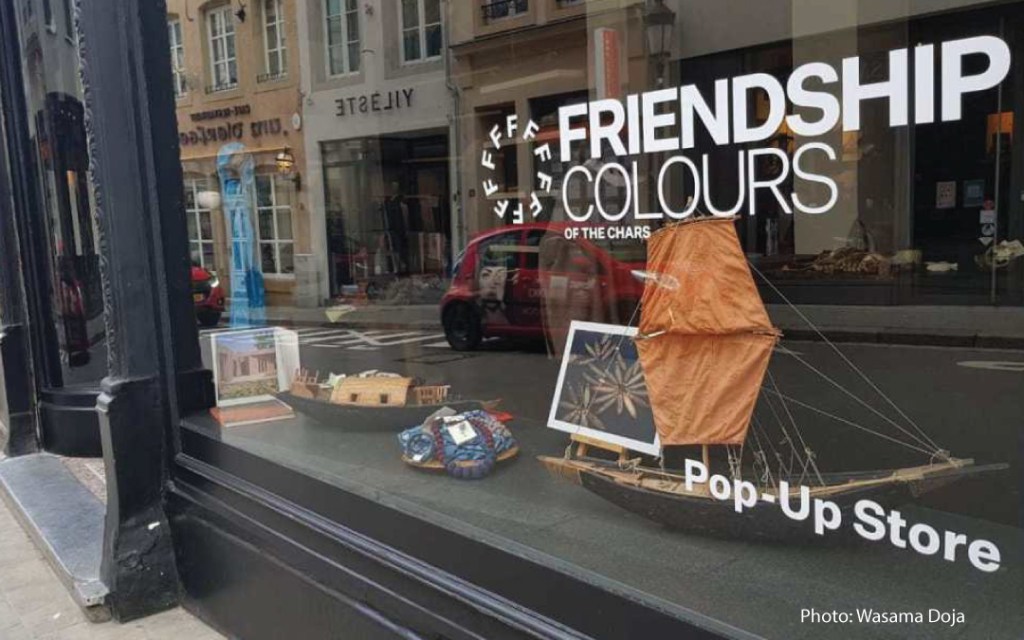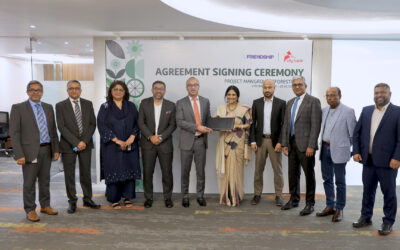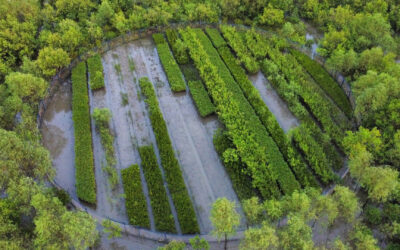We like what you’re wearing! But how’s the weather, lately?
by Rad Sharar bin Kamal
The extreme heat of the summer gave no pause to the managers of the global fashion industry, despite climate change popping up on headlines worldwide. Once the heat subsided, shelves full of summer vibes were replaced by autumn collections.
Fashion is quick, at the cost of the environment. The clothes we wear account for 10 per cent of the global carbon footprint. And behind them, the humanitarian suffering of the underpaid 75 million workers who keep this $2 trillion fashion industry running cannot be ignored.
Consumers must now assume the ethical responsibility to sustain the planet by choosing what they wear.
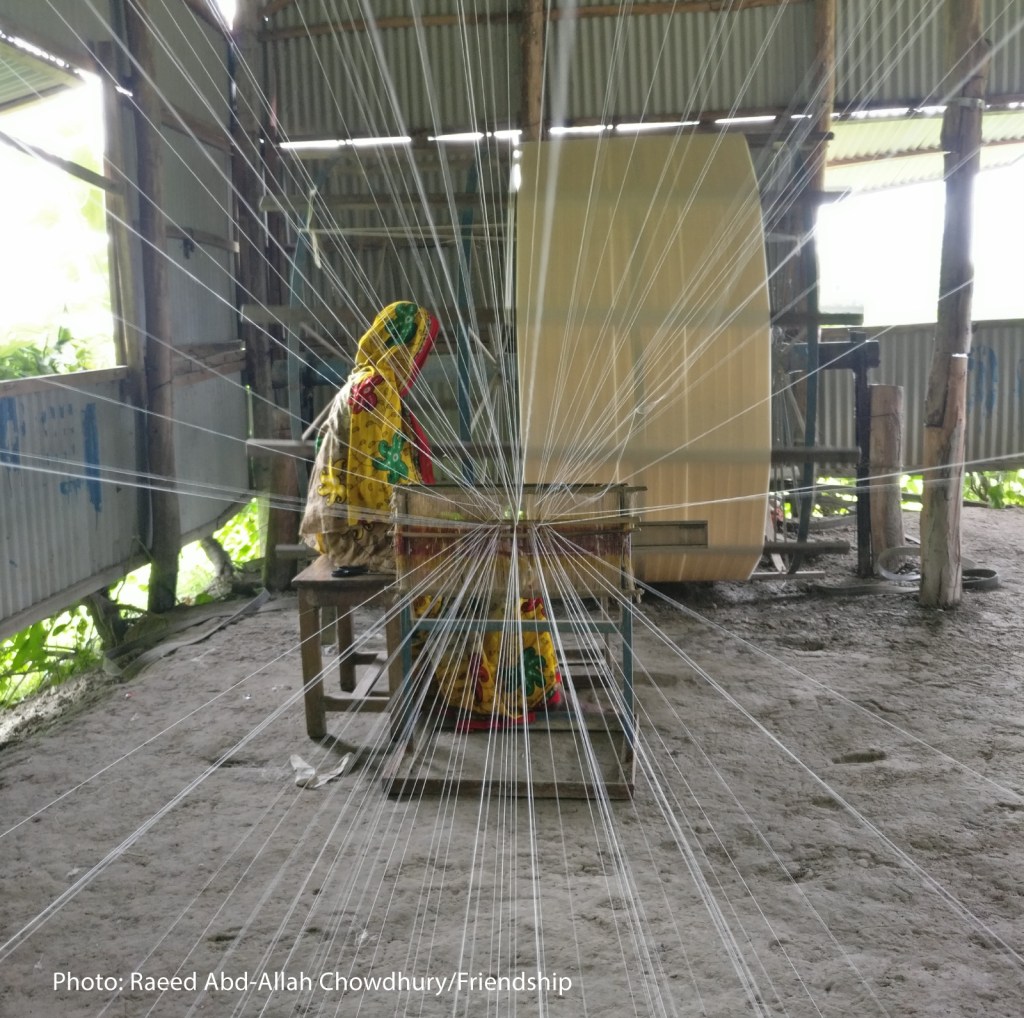
You seem to be worried…
The world is looking for sustainable fashion solutions. Lyst, a global fashion search platform, found a 66 per cent increase in searches for sustainable fashion, or related keywords, since 2018. The value of the ethical clothing market increased by 20 per cent from 2016 to 2017, according to Ethical Consumer.
But the gap between sustainable clothing demand and supply is growing. Sustainability progress in the fashion industry has slowed by 33 per cent in the past year, according to Pulse of the Fashion Industry 2019.
According to the UN Alliance for Sustainable Fashion, without a major change to production processes and consumption patterns in fashion, the social and environmental costs of the sector will continue to rise.
The industry is changing
In 2013, the garments factory building, Rana Plaza, collapsed due to a structural failure, killing 1,134 and injuring 2,500. The incident was a major wake-up call for the garment manufacturing industry.
Since then, brands and unions signed the Accord on Fire and Building Safety in Bangladesh, which has made buildings safer for 2.5 million garment workers across 1,600 factories. 69 garment factories are now certified Leaders in Energy and Environmental Design by the United States Green Building Council. The industry is now heavily focused on recycling materials and using safer, eco-friendly dyeing methods.
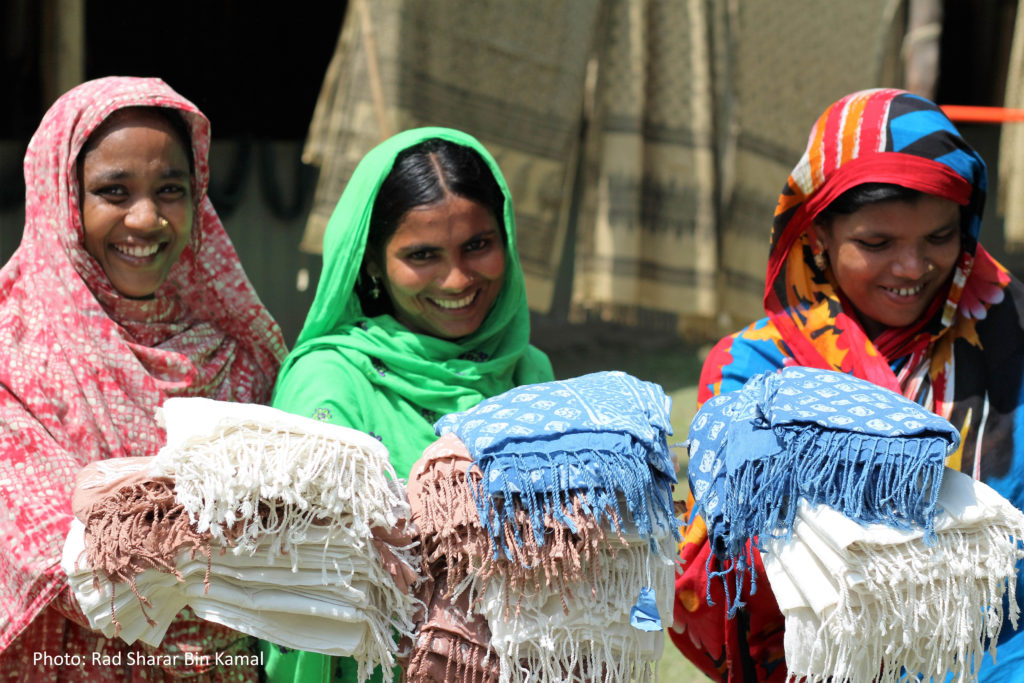
Just like the world wants, yes? Unfortunately, it’s not a solid answer to the problem. Despite the progress at the production end, the industry remains infected by the ‘fast fashion’ philosophy. What’s haute couture today will be trash at the end of the season. Our designers want us to buy a whole new wardrobe with every new wave of fashion. This is how they will get consumers to spend 63 per cent more on clothes and accessories in the coming year.
Your clothes have a story. Do you know what it is?
Colours is a social enterprise of Friendship NGO, which began by working with vulnerable women in remote communities. At Friendship’s training centres women learn technical skills like weaving and dyeing and then earn by producing saris, scarves, jewellery, homeware and natural indigo dye.
The process keeps emissions as low as possible while preserving traditional and eco-friendly weaving and dyeing techniques, and linking artisans to the larger economy. It brings a positive change impacting everyone along the way. Even you.
This is ‘slow fashion.’ The idea is that each thing you wear contains the stories of the people that crafted it, and the histories of the techniques used—decades-old handlooms, natural vegetable dyes, traditional block printing and embroidery and fabrics of pure cotton and silk. It is valuable not just for a season, but for a lifetime.
While global businesses applied the change from the top-down, Colours grew out of an effort to create opportunities for everyone, from the bottom up! Here we are today with a unique, social, ethical and fashionably ‘early’ approach to the global crisis.
